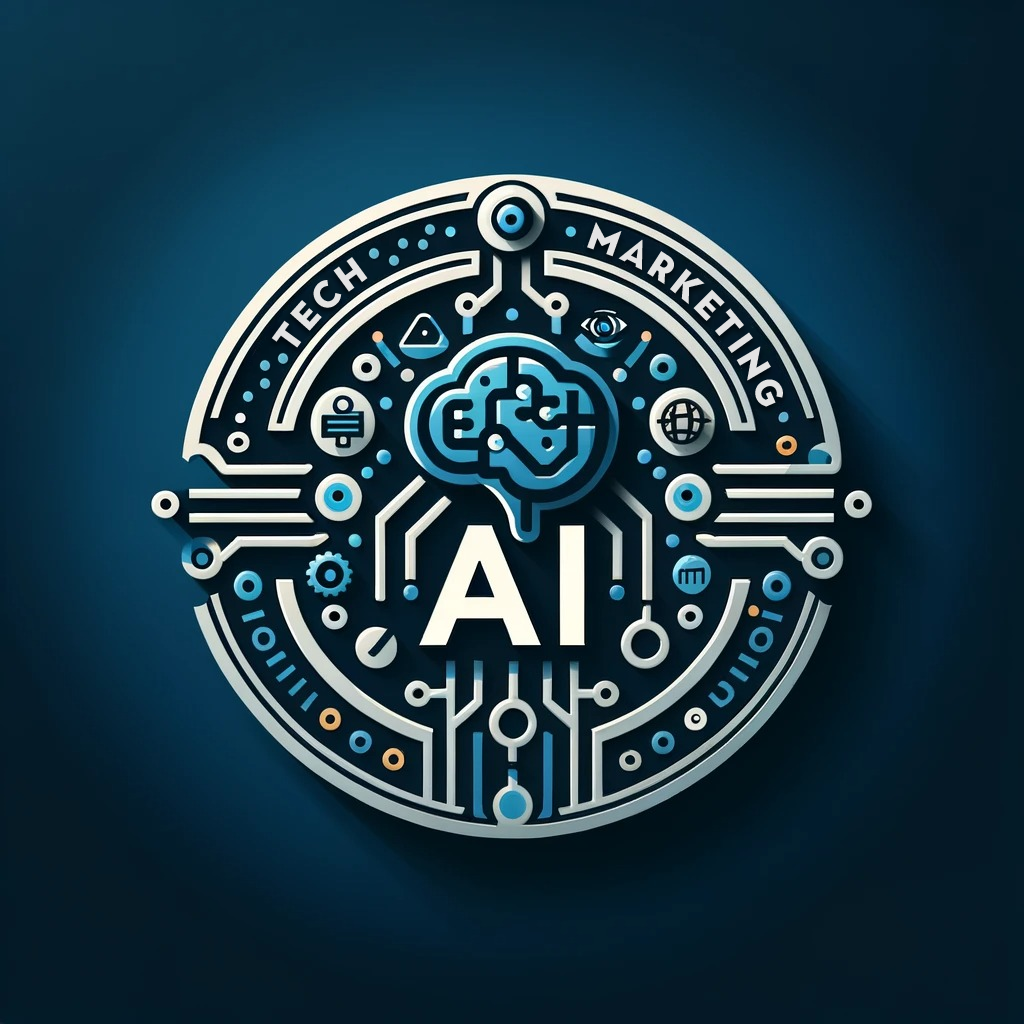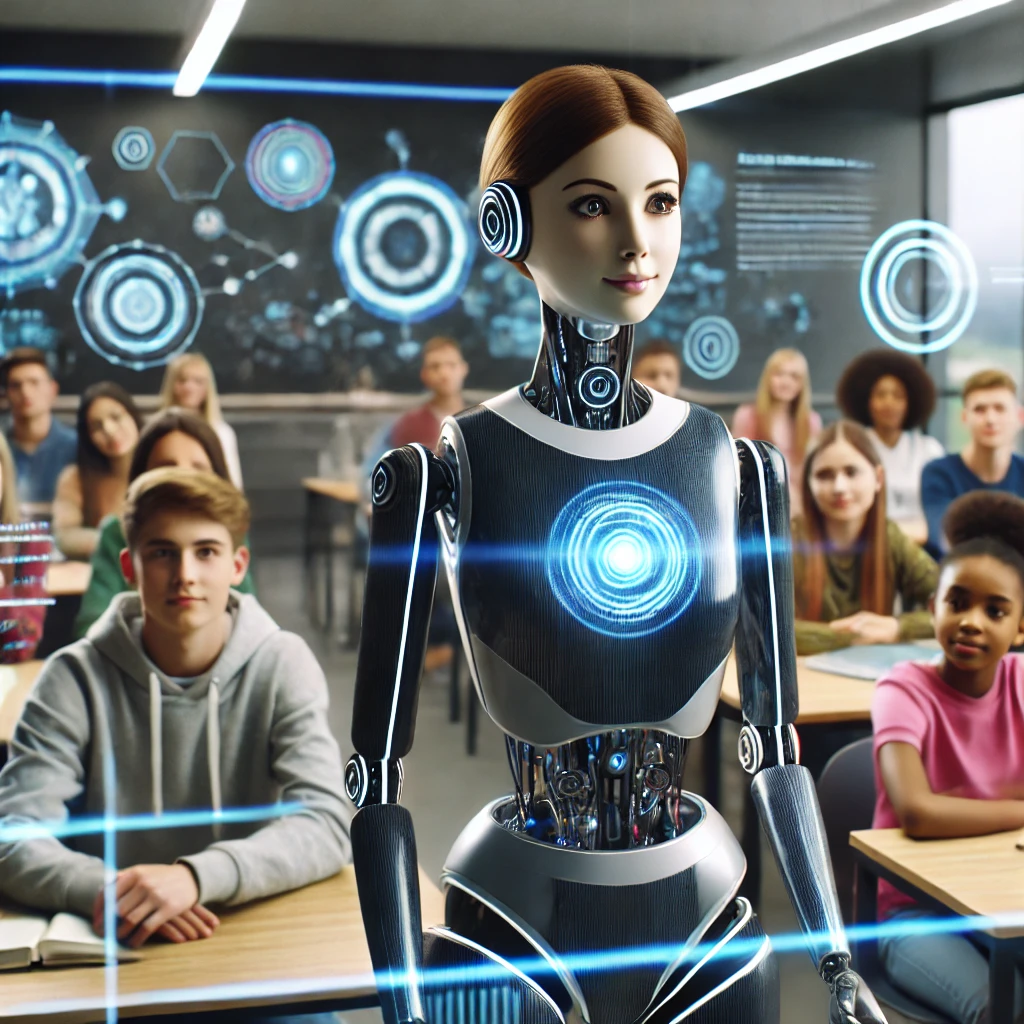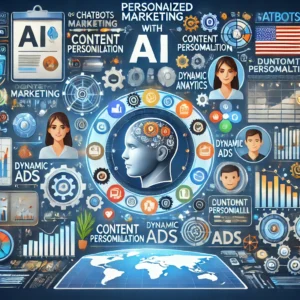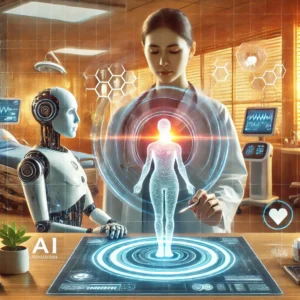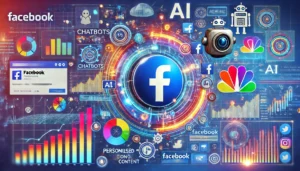Artificial Intelligence (AI) is no longer a futuristic concept—it’s here, and it’s transforming various sectors, including education. As we move into 2025, the integration of AI into classrooms worldwide has sparked a compelling debate: Is AI paving the way for personalized learning, or is it leading us into a landscape of depersonalized classrooms?
In this blog, we’ll explore how AI is shaping education, examine the advantages and drawbacks, and consider what the future might hold for students, teachers, and the broader educational landscape. We’ll also delve into statistics and trends from key regions like the United States, the United Kingdom, Canada, and Australia, with insights between 2020 and early 2025.
The Rise of AI in Education
AI’s influence in education has grown significantly in recent years. According to Grand View Research, the global AI in education market was valued at approximately $5.88 billion in 2024 and is projected to grow at a compound annual growth rate (CAGR) of 31.2% from 2025 to 2030. This surge is driven by the growing demand for personalized learning experiences and the widespread adoption of AI-powered tools like Intelligent Tutoring Systems (ITS), chatbots, and learning analytics.
Countries like the United States and the United Kingdom are leading this transformation, investing heavily in educational technology to improve learning outcomes and operational efficiency.
Personalized Learning: A Customized Educational Experience
One of the most significant advantages of AI in education is its ability to facilitate personalized learning. Unlike traditional, one-size-fits-all approaches, AI-powered tools analyze a student’s performance, learning style, and preferences to tailor educational content accordingly.
Real-World Impact
For instance, Intelligent Tutoring Systems (ITS) provide real-time feedback and adapt lessons to address individual weaknesses. Research indicates that 60% of teachers in the United States have adopted AI tools in their teaching practices, utilizing educational games, adaptive learning software, and virtual tutors to enhance student engagement and performance.
Benefits of Personalized Learning
- Enhanced Engagement: Lessons tailored to individual preferences improve student motivation.
- Improved Academic Outcomes: Personalized content helps bridge learning gaps effectively.
- Teacher Support: AI automates administrative tasks, freeing teachers to focus on instruction.
- Flexible Learning Paths: Students can learn at their own pace, fostering self-directed learning.
However, personalized learning is not without its challenges.
Depersonalized Classrooms: The Human Connection at Risk
While AI’s ability to personalize learning is impressive, critics argue that it risks depersonalizing the classroom environment. Education is not solely about academic knowledge; it also involves the development of social skills, empathy, and interpersonal relationships.
Potential Drawbacks
- Reduced Teacher-Student Interaction: Overreliance on AI could diminish the meaningful interactions between teachers and students.
- Algorithmic Bias: AI systems may inadvertently reinforce biases present in their training data.
- Data Privacy Concerns: Collecting vast amounts of student data raises ethical and privacy issues.
- Emotional Disconnect: Machines lack the empathy and emotional intelligence that human teachers provide.
A Hybrid Model: The Best of Both Worlds
The key to harnessing AI’s potential without losing the human element may lie in adopting a hybrid educational model. In this approach, AI handles repetitive tasks like grading and administrative work, while teachers focus on critical thinking, emotional intelligence, and creative skills.
Successful Examples
- United States: Schools in California have implemented AI-powered tutoring programs to personalize math and reading lessons, resulting in a 15% improvement in test scores.
- United Kingdom: Government initiatives like the “EdTech Strategy” aim to integrate AI tools while preserving teacher-student interactions.
- Canada: Educational institutions are incorporating AI literacy into curriculums to prepare students for a tech-driven future.
- Australia: Universities are exploring AI for student support services while retaining traditional mentoring systems.
Ethical Considerations: Balancing Innovation with Responsibility
As AI continues to shape education, ethical considerations must remain a priority. Transparent algorithms, data privacy safeguards, and equitable access to AI tools are essential to ensure that educational advancements benefit all students, regardless of their backgrounds.
Key Recommendations:
- Teacher Training: Educators need training to use AI tools effectively.
- Parental Involvement: Parents should be informed about AI’s role in their children’s education.
- Regular Audits: Conducting audits of AI algorithms can help identify and mitigate biases.
The Future of AI in Education: What Lies Ahead?
Looking ahead, the role of AI in education is set to expand even further. According to forecasts, by 2026, more than 70% of educational institutions in developed countries will have integrated some form of AI into their teaching practices.
Emerging Trends:
- AI-Driven Content Creation: Tools like AI tutors and virtual labs will become more sophisticated.
- Immersive Learning Experiences: Augmented and virtual reality will provide interactive educational environments.
- Global Collaboration: AI will facilitate international learning partnerships and cultural exchange.
- Equity-Focused Innovations: Efforts will increase to ensure that AI tools are accessible to underserved communities.
Conclusion: Embracing AI While Preserving Humanity
AI in education presents a fascinating paradox: it has the power to personalize learning like never before, yet it also risks depersonalizing classrooms. The challenge lies in finding a balance—leveraging AI’s capabilities to enhance learning outcomes while preserving the irreplaceable human connections that make education meaningful.
By adopting a hybrid approach, prioritizing ethical considerations, and involving all stakeholders in decision-making, we can create an educational future that is both innovative and compassionate.
What’s your take on AI in education? Share your thoughts below!
